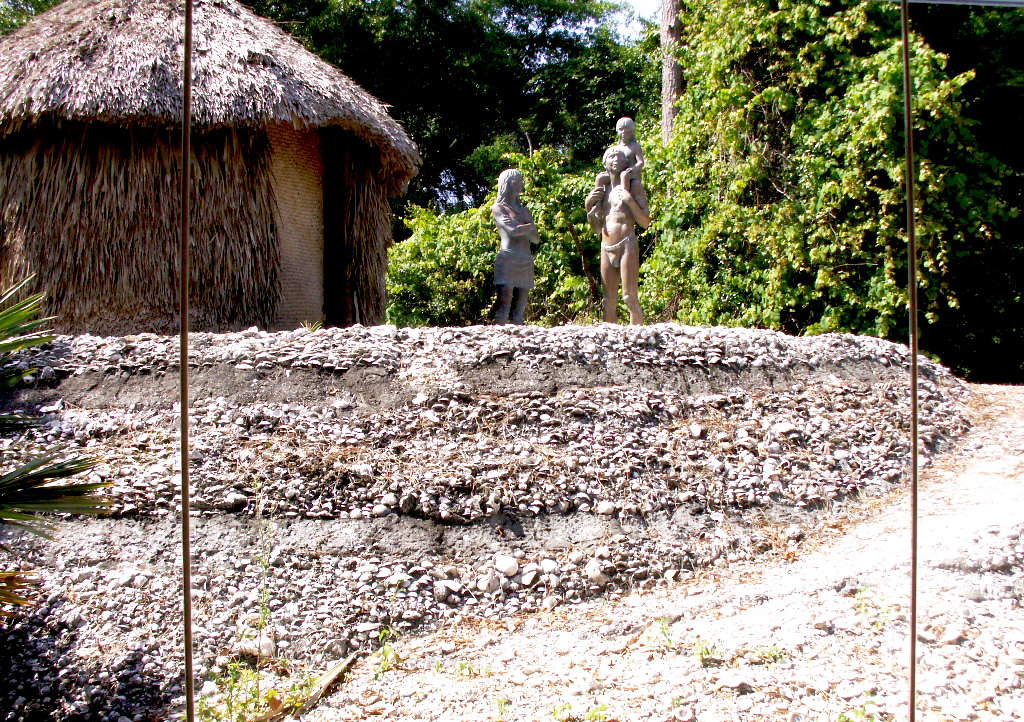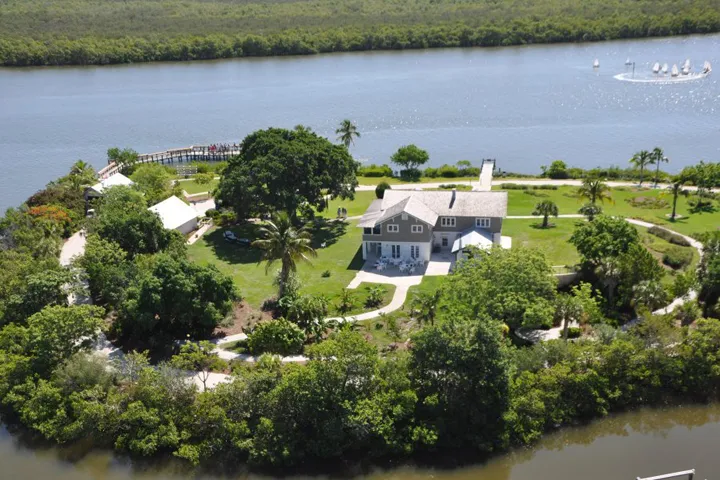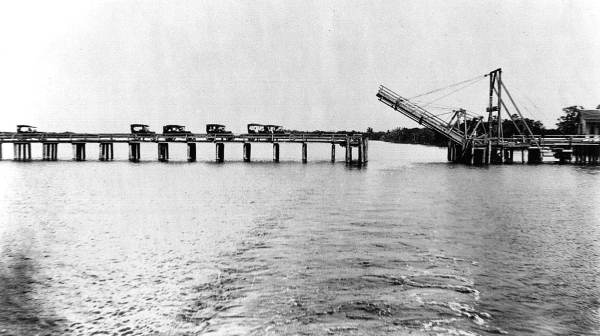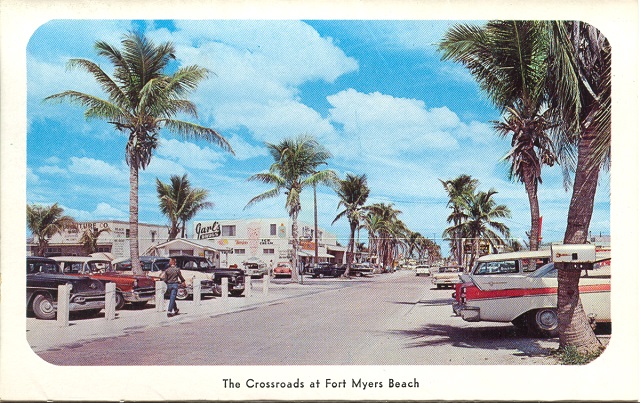The Rich History of Fort Myers Beach
Nestled along the sun-drenched shores of Southwest Florida’s Gulf Coast, Fort Myers Beach stands as a testament to the region’s rich history and vibrant culture. From its humble beginnings as a Calusa Indian settlement to its emergence as a premier beach destination, the island has witnessed centuries of transformation and growth. Today, visitors can explore a tapestry of historical sites and landmarks that offer a glimpse into Fort Myers Beach’s storied past.
Calusa Legacy
Long before European settlers arrived, the Calusa Indians inhabited the shores of present-day Fort Myers Beach. These indigenous people thrived in the abundant estuaries and mangrove forests, leaving behind a legacy of shell mounds, artifacts, and ceremonial sites that dot the island’s landscape. Visitors can explore the remnants of this ancient civilization at sites like Mound Key Archaeological State Park, where towering shell mounds and waterways offer insight into Calusa life and culture.
Pioneer Settlements
In the mid-19th century, pioneers began to settle the area, drawn by the fertile lands and bountiful fishing grounds. Among the early settlers was the Hendry family, who established a homestead on what is now known as Hendry Creek. Today, the Hendry House, a restored pioneer home, serves as a testament to Fort Myers Beach’s pioneer heritage and offers visitors a glimpse into life on the frontier.
The Mound House
One of Fort Myers Beach’s most iconic landmarks is the Mound House, a historic property that dates back to the early 20th century. Built atop an ancient Calusa shell mound, the Mound House served as a winter retreat for prominent Fort Myers families before being converted into a museum and cultural center. Visitors can tour the grounds, explore exhibits on local history and ecology, and participate in hands-on educational programs that celebrate the island’s natural and cultural heritage.
The Fishing Industry
Throughout much of its history, Fort Myers Beach was a thriving fishing village, with commercial fishing playing a vital role in the local economy. The island’s waterfront bustled with activity as fishermen set out in search of mullet, shrimp, and other prized catches. Today, remnants of this maritime heritage can be found at landmarks like the Matanzas Pass Bridge, which has connected Fort Myers Beach to the mainland since the early 20th century, and the Commercial Fishing Pier, where anglers still cast their lines in hopes of landing the big one.
Times Square and Old San Carlos Boulevard
As Fort Myers Beach evolved into a popular tourist destination in the mid-20th century, vibrant commercial districts like Times Square and Old San Carlos Boulevard emerged as lively hubs of activity. Visitors can stroll along the bustling streets, lined with colorful shops, restaurants, and entertainment venues, and soak in the island’s vibrant atmosphere. From live music and street performers to eclectic boutiques and waterfront dining, Times Square offers something for everyone to enjoy.




